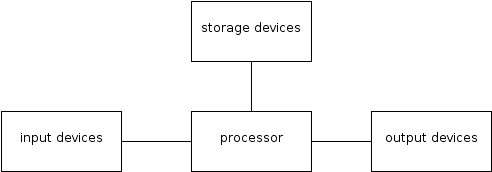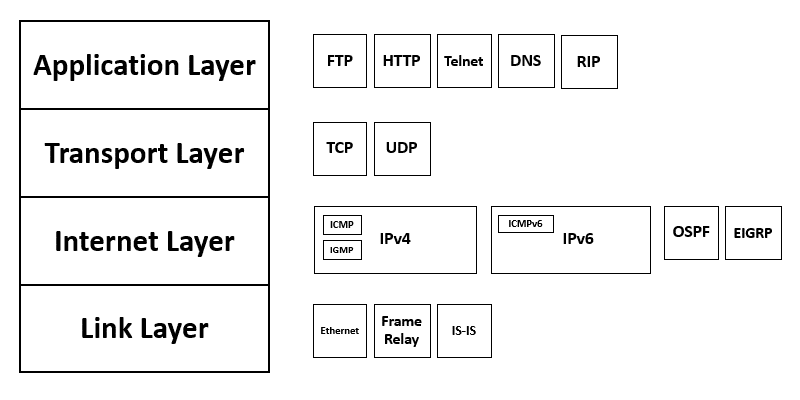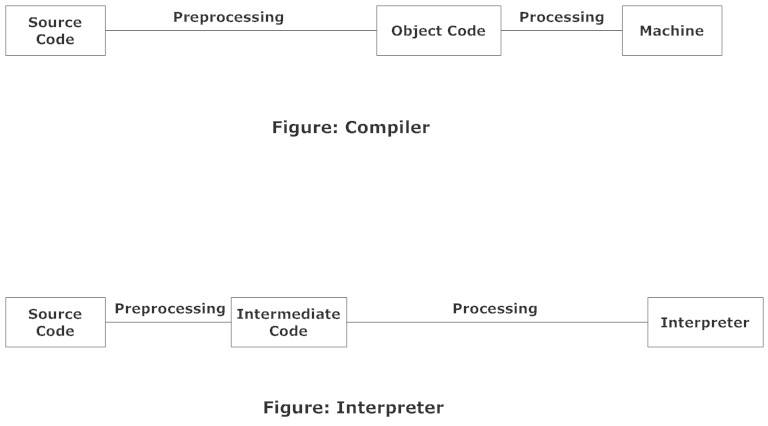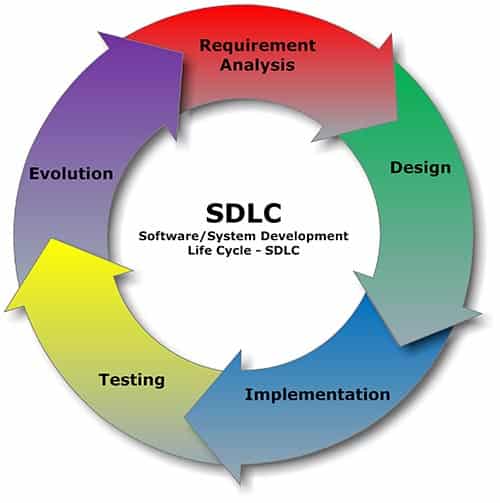The best thing about a computer science job interview is that the technical questions aren’t very unpredictable. If you are going for a specific CS/IT job then you should have enough knowledge of that field along with the basics of computer science. Keeping that in mind, I’m going to mention the 25 most common and important interview questions every computer science student should know.
These questions are mostly asked during the job interview of developers, technical support, server admins, teachers/tutors, database managers and testers etc.
25 Computer Science Interview Questions with answers
1. What is the definition of a computer system?
A computer system is a combination of CPU, memory and related electronics, all the peripheral devices connected to it and its operating system.
2. What are the basic components of a computer system?
The basic components of a computer system are Central Processing Unit (arithmetic logic unit and control unit), Memory (primary memory and secondary memory) and Input and Output devices.

3. What is a Microprocessor?
A microprocessor is an integrated circuit that contains all the functions of a central processing unit of a computer.
4. Name some of the latest Computer Processors?
Intel Core i9, Intel Core i7, Intel Core i5, AMD Ryzen 5, and AMD Ryzen 7 are some of the lastest computer processors.
5. What’s the difference between 32-bit and 64-bit processor?
A 32-bit system can access 232 memory addresses, i.e 4 GB of RAM. A 64-bit system can access 264 memory addresses, i.e 18-Billion GB of RAM. Any amount of memory greater than 4 GB can be easily handled by the 64-bit processor.
6. What is an operating system? Name some of the popular OS.
An operating system is a software that allows the computer hardware to communicate and operate with the computer software. It basically provides an interface between the user and the computer system. Microsoft Windows, Linux, and OSX are some of the popular operating systems.
Also, Read: 10 Books Every Computer Science Student Should Read
7. What is primary memory and secondary memory?
Primary memory (RAM) is the main memory of a computer which can be directly accessed by the CPU. Primary memory stores temporary information until the process is completed. Secondary memory (File Storage Device) refers to the external storage device which can be used to store data or information permanently.
8. What is chipset?
A chipset is a collection of integrated circuits designed to function together as a unit, to perform a particular task within a computer system.
9. What do you know about the OSI Model?
OSI (Open Systems Interconnection) is a reference model for how applications communicate over a network. It consists of seven layers: Physical, Application, Presentation, Session, Transport, Network, and Data Link Layer.

10. What do you know about the TCP/IP model?
TCP/IP stands for Transmission Control Protocol and Internet Protocol. It is the network model used in the current Internet architecture. Here protocols are a set of rules which maintain the communication over a network. It consists of four layers: Network access layer, Internet layer, Transport layer, and Application layer.

11. What is the difference between system software and application software?
System software is a software that is used for operating and communication with computer hardware. It provides a platform to run application software. Application software is a specific purpose software that is used by the user for performing specific tasks.
12. Difference between a router, modem, and switch?
A modem is a device that establishes a connection to the internet.
A router is the “traffic director” of a network. It takes the information provided by the modem to the various devices that are connected and creates Network Address Translated ( NAT) internal private IP address.
A switch is simply a device that connects multiple devices on the same network. Unlike a router, Switch is only designed to facilitate communications for devices on the same network.
13. What do you know about the internet and world wide web?
The internet is a massive network of networks, a networking infrastructure consists of multiple Wide Area Networks. The World Wide Web, or web, is a way of accessing information over the medium of the internet.
14. What is the difference between the data, information, and program?
Data is a raw and unorganized fact that required to be processed to make it meaningful. Information is a set of data which is processed in a meaningful way according to the given requirement. A program is a specific set of ordered operations for a computer to perform.
15. What is a programming language?
A programming language is a set of grammatical rules for instructing a computer or computing device to perform specific tasks.
16. What is an Algorithm?
An algorithm is a step by step process or set of rules to be followed in problem-solving operations by a computer.
17. What’s the difference between a compiler and interpreter?
A compiler takes an entire program and converts it into object code which is typically stored in a file. The object code can be directly executed by the machine after linking. An Interpreter directly executes instructions line by line written in a programming language without converting them into object code or machine code.

18. Difference between Object-oriented programming and Procedural programming?
In procedural programming, the main modules are procedures. These procedures are a sequence of imperative statements, such as assignments, tests, loops, and invocations of subprocedures. These procedures are functions, which map arguments to return statements.
In object-oriented programming, the main modules in a program are classes, rather than procedures. The object-oriented approach lets you create classes and objects that model real-world objects.
19. What do you know about SDLC?
SDLC or the Software Development Life Cycle is a process that produces software with the highest quality and lowest cost in the shortest time. SDLC involves several distinct stages, including planning, design, building, testing, and deployment.

20. What do you know about software testing?
Software testing is a process of executing an application with the intent of finding the software bugs. It can also be stated as the process of validating and verifying that a software program works as it meant to be. Types of software testing include alpha testing, beta testing etc.
21. What is a database management system or DBMS?
DBMS is a system for creating and managing databases. It provides users and programmers with a systematic way to create, retrieve, update and manage data.
22. What is the meaning of an IDE?
An IDE (Integrated Development Environment) is a GUI-based tool designed to help a developer in building software applications with an integrated environment combined with all the required programs and libraries at hand.
23. What is a framework?
A framework is a platform for developing software applications that provide a foundation on which software developers can build programs for a specific platform. For example, a framework may include predefined classes and functions that can be used to process input, manage hardware devices, and interact with system software.
24. Definition of AI, Machine learning and Deep learning
Artificial Intelligence is the broad umbrella term for attempting to make computers think the way humans think, be able to simulate the kinds of things that humans do and ultimately to solve problems in a better and faster way than we do.
Machine learning is a self-adaptive algorithm that gets better and better analysis and patterns with experience or with newly added data.
Deep learning, on the other hand, is a subset of machine learning, utilizes a hierarchical level of artificial neural networks to carry out the process of machine learning.
25. What is cryptography?
Cryptography is a way of protecting the actual information and communications through the use of codes so that only those for whom the information is intended can read and process it.

